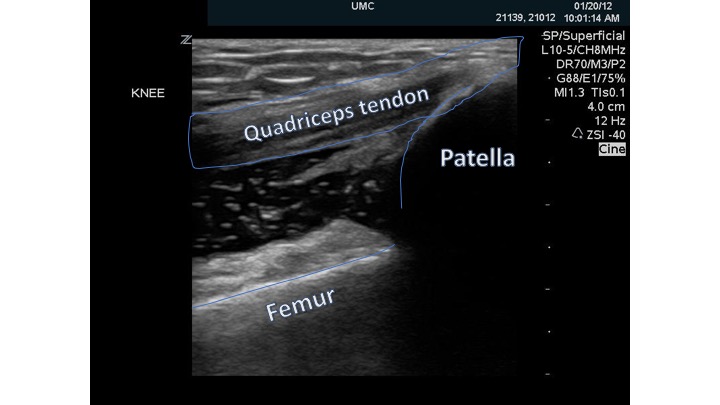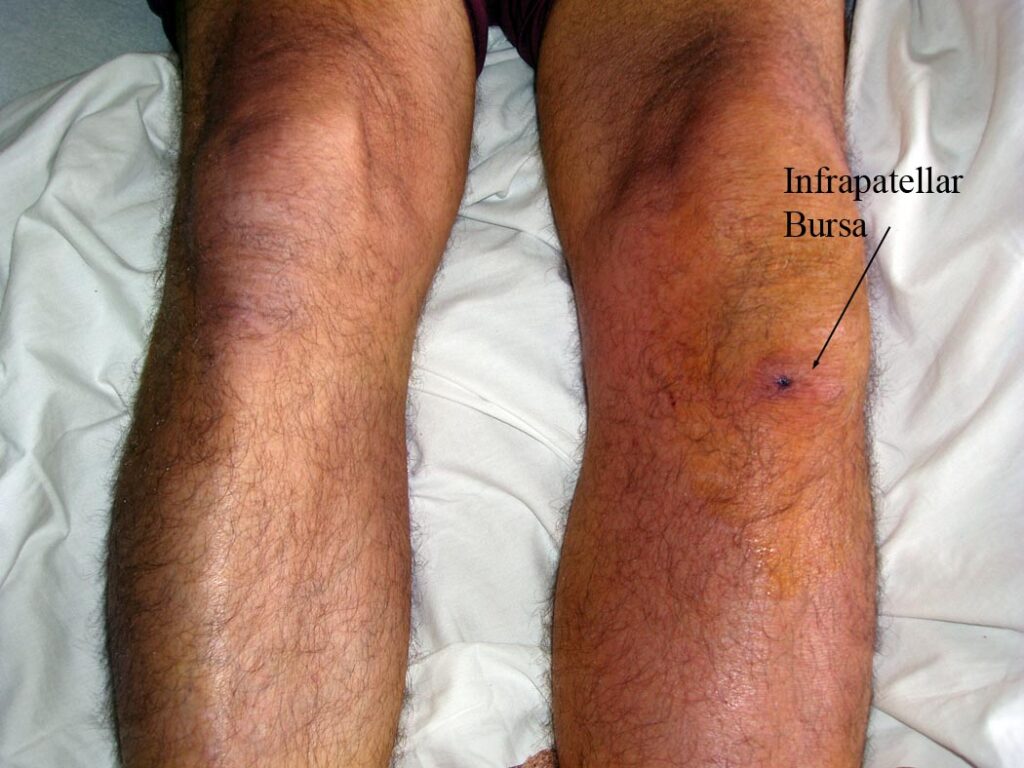Bursitis, often abbreviated as BS, is a common condition that affects the small fluid-filled sacs known as bursae. These sacs act as cushions between bones, tendons, and muscles near joints. When these bursae become inflamed, it results in bursitis, causing pain and discomfort. This article delves into the causes, symptoms, types, and treatments of this condition to help you better understand and manage it.

What Are the Causes of Bursitis?
Bursitis can develop due to various factors, often involving repetitive motion or prolonged pressure on a joint. Below are some of the most common causes:
Repetitive Motion
- Engaging in activities that require repetitive movements, such as throwing a ball, lifting heavy objects, or typing for extended periods, can irritate the bursae.
- Jobs or hobbies that involve frequent kneeling, such as gardening or laying tiles, can lead to inflammation of the bursae in the knees.
Injury or Trauma
A sudden injury, such as falling directly onto a joint or bumping it against a hard surface, can damage the bursae. Even minor trauma, if repeated over time, can lead to inflammation.
Prolonged Pressure
- Sitting or leaning on hard surfaces for long periods can irritate the bursae in areas like the hips or elbows.
- Wearing ill-fitting shoes that put pressure on the back of the heel may cause bursitis in the foot.
Infections
In rare cases, bacteria can enter the bursae through a cut or puncture wound, leading to an infection that causes bursitis. This type of bursitis is known as septic bursitis and requires immediate medical attention.
Underlying Health Conditions
- Rheumatoid arthritis and gout are inflammatory conditions that can increase the risk of developing bursitis.
- Diabetes and thyroid disorders may also contribute to the development of this condition.
Recognizing the Symptoms of Bursitis
The symptoms of bursitis can vary depending on the affected joint, but there are some common signs to watch for:
Pain
- Pain is the most prominent symptom and often worsens with movement or pressure on the affected area.
- The pain may be sharp initially and later become dull and achy.
Swelling
Swelling around the joint is another key indicator of bursitis. In some cases, the swelling may be significant enough to restrict movement.
Redness and Warmth
If the bursitis is caused by an infection, the skin over the affected area may appear red and feel warm to the touch.
Stiffness
Joint stiffness is common, especially after periods of inactivity, such as waking up in the morning or sitting for a long time.
Types of Bursitis
Bursitis can occur in various parts of the body, and each type has unique characteristics. Here are the most common types:
Shoulder Bursitis
This type affects the bursae in the shoulder joint and is often caused by repetitive overhead motions, such as painting or playing tennis. It can lead to significant pain and limited range of motion.
Elbow Bursitis
Elbow bursitis typically occurs when the elbow is subjected to prolonged pressure, such as leaning on it for extended periods. Swelling at the tip of the elbow is a hallmark sign of this condition.
Hip Bursitis
Hip bursitis can result from activities that strain the hip joint, such as running or climbing stairs. Pain is usually felt on the outer side of the hip and may radiate down the thigh.
Knee Bursitis
Also known as “housemaid’s knee,” this type is common among individuals who kneel frequently. The bursae in the front of the knee become inflamed, causing pain and swelling.
Ankle and Foot Bursitis
Bursitis in the ankle or foot is often caused by improper footwear or repetitive stress from activities like running or walking. The back of the heel is a frequent site of inflammation.
Treatment Options for Bursitis
The treatment for bursitis depends on its severity and underlying cause. Most cases can be managed with conservative measures, while more severe cases may require medical intervention.
Rest and Activity Modification
- Avoiding activities that aggravate the affected joint is crucial for recovery.
- Using assistive devices, such as crutches or braces, can help reduce strain on the joint.
Ice Therapy
Applying ice packs to the affected area for 15-20 minutes several times a day can help reduce swelling and alleviate pain.
Medications
- Over-the-counter pain relievers, such as ibuprofen or naproxen, can help manage pain and inflammation.
- In cases of septic bursitis, antibiotics may be prescribed to treat the infection.
Physical Therapy
A physical therapist can design exercises to strengthen the muscles around the affected joint and improve flexibility. This can help prevent future episodes of bursitis.
Corticosteroid Injections
In cases where pain and inflammation persist, a doctor may recommend corticosteroid injections directly into the bursa to provide relief.
Draining the Bursa
If the bursa is significantly swollen, a healthcare provider may use a needle to drain excess fluid. This procedure is often combined with corticosteroid injections for faster relief.
Surgery
Surgery is rarely needed but may be considered if other treatments fail or if the bursitis is recurrent. The procedure involves removing the affected bursa, which does not affect the function of the joint.
Preventing Bursitis
While not all cases of bursitis can be prevented, certain measures can reduce the risk of developing this condition:
- Use proper techniques and equipment when engaging in repetitive activities.
- Take regular breaks to rest joints during prolonged tasks.
- Maintain a healthy weight to reduce stress on weight-bearing joints like the hips and knees.
- Stretch and warm up before exercising to prepare the joints for activity.
When to See a Doctor
It is important to seek medical attention if you experience any of the following:
- Severe pain or swelling that does not improve with rest and home care.
- Fever or chills, which may indicate an infection.
- Redness or warmth around the joint, suggesting possible septic bursitis.
- Significant loss of movement in the affected joint.
Early diagnosis and treatment can prevent complications and ensure a quicker recovery.





